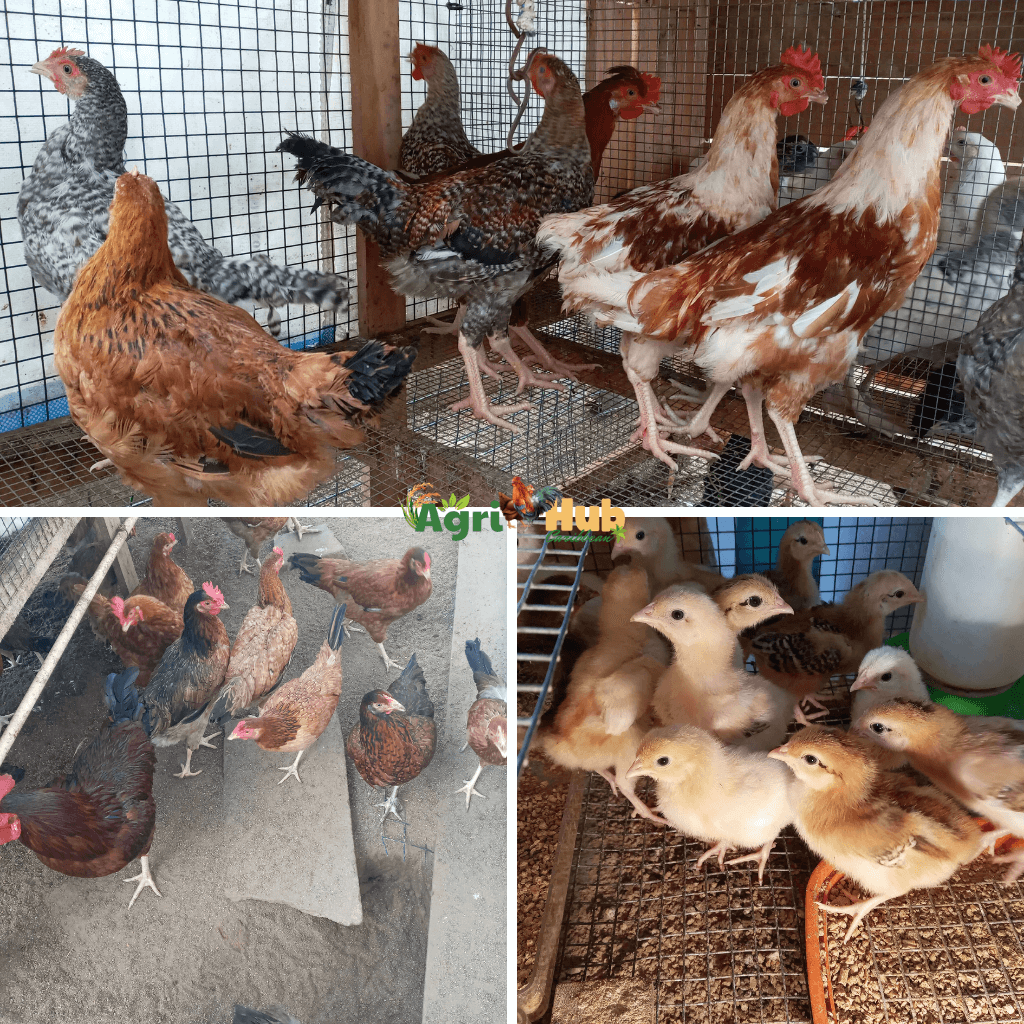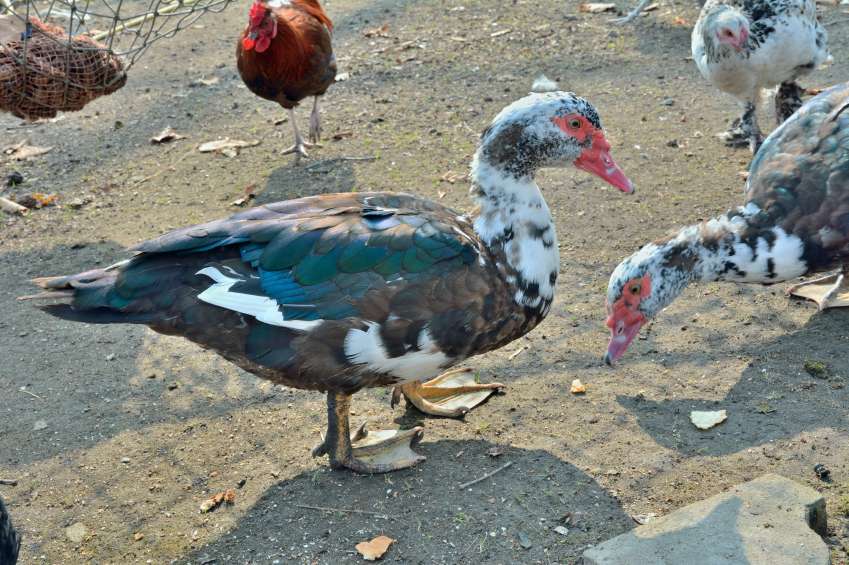Chickens

Originally called “Naked Neck”, “Pirniki” chickens, they were first bred in Eastern Hungary. Many believed that they were a cross between a chicken and the domesticated turkey, but this is not the case. The “Naked Neck” was a characteristic bred into the chicken to make it easier to pluck for meat and to tolerate the heat better. The Turken “Naked Neck” chicken is noted for its size and laying ability and come in different colors.
They take confinement well and are quite gentle. A number of the color varieties were admitted into the American Standard of Perfection in 1965. Noted feature is their turkey like neck appearance. When breeding and hatching Turken only about 90% come naked necked and 10% come with feathers on their neck.
Our Hybrid Pirniki

This is the Surinamese “Pirniki”, over the last 3 years, we have been cross breeding this bird with local indigenous chickens (IC). By doing this we have increased the sized of our IC, in addition hens are more broody and very good mothers. We continue to breed selectively for different characteristics including egg and leg colors.
Surinamese Indigenous Chicken (Oso Forwroe)

Chickens have lived in rural villages throughout Africa and the Pacific for centuries and have adapted to the local environment and conditions. These village chickens are referred to as ‘indigenous’, ‘native’, ‘local’ or ‘traditional’ poultry and are easy to distinguish from standardised commercial or heritage breeds.
Selection pressures over the years have yielded traits such as hardiness in more intense weather conditions, local disease resistance, excellent feed conversion ratio (meaning they can be sustained with little feed supplementation) and are multi-purpose (eggs and meat) in a free-range system. They generally do not conform to standardized breed ‘looks’ as many backyard breeds do. However, physical traits such as light carcass weight, naked necks and frizzled feathers are common among indigenous birds, as they have adapted for heat tolerance and ability to evade predators (in the case of their small body).
They also hatch their own eggs and look after their chicks well, therefore ensuring a continuous supply of replacement stock if they are kept healthy and effort is made to protect them from predators.



Responses